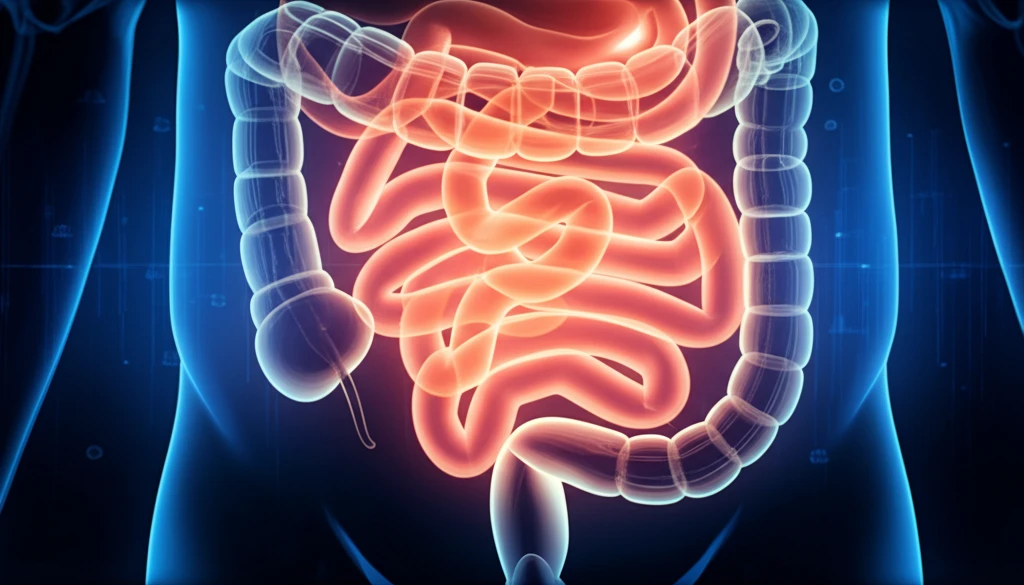
Unlocking the Mystery of Paraduodenal Hernias: Symptoms, Diagnosis, and Treatment Options
"Navigating the complexities of rare abdominal conditions, understanding paraduodenal hernias is key to early diagnosis and effective management."
Imagine experiencing recurrent episodes of abdominal pain, nausea, and vomiting, with the underlying cause remaining a mystery. For some, this unsettling reality stems from a rare condition known as a paraduodenal hernia (PDH). These hernias, resulting from congenital errors in midgut rotation, can lead to significant discomfort and complications if left unaddressed.
Paraduodenal hernias account for a notable percentage of internal hernias, specifically those linked to congenital midgut rotation errors. These hernias occur when the small intestine becomes trapped within abnormal pouches or recesses near the duodenum, the first part of the small intestine. This entrapment can lead to partial or complete bowel obstruction, causing a range of symptoms that vary in intensity and frequency.
Recognizing the signs and symptoms of paraduodenal hernias is crucial for timely diagnosis and intervention. While symptoms can range from chronic discomfort to acute obstruction, advances in diagnostic imaging and minimally invasive surgical techniques have significantly improved patient outcomes. This article delves into the intricacies of paraduodenal hernias, exploring their causes, symptoms, diagnostic approaches, and modern treatment strategies, with a focus on laparoscopic repair.
Understanding Paraduodenal Hernias: A Deep Dive

Paraduodenal hernias (PDHs) arise from the abnormal rotation of the midgut during embryonic development. Typically, the midgut undergoes a series of rotations and fixations within the abdominal cavity. However, when these processes are disrupted, it can lead to the formation of unusual pouches or recesses near the duodenum. These recesses, particularly the paraduodenal recess, can then serve as potential sites for intestinal entrapment. Two main types of PDHs exist: right-sided and left-sided, each with distinct anatomical characteristics. In right-sided PDHs, the small bowel becomes trapped behind the colonic mesentery, while in left-sided PDHs, the small bowel invaginates into an avascular segment of the left mesocolon.
- Chronic or Intermittent Abdominal Pain
- Nausea and Vomiting
- Abdominal Distension
- Constipation or Changes in Bowel Habits
The Future of Paraduodenal Hernia Treatment
Early and accurate diagnosis is essential to prevent intestinal obstruction and strangulation due to PDH in adult patients. Laparoscopic procedures can expedite diagnosis and repair by obtaining a clear view of anatomical malrotation. For any symptomatic cases with PDH, either right or left-sided, less invasive laparoscopic approach can be safely carried out without the risk of complications under the condition where sufficient skills and the suitable equipment are available. However, in technically difficult cases, it is recommended not to cling on laparoscopy but to switch to open surgery.
